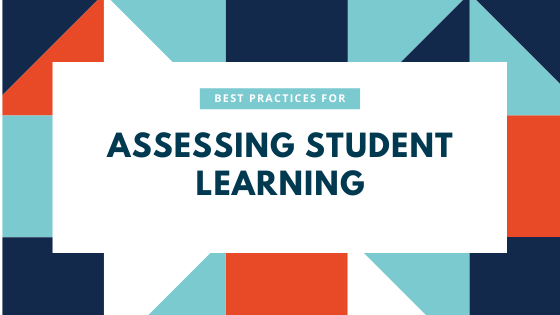
Assessments are activities designed to test students' competence in the learning objectives of a module or course, while also giving them opportunities to improve their learning. Assessments are also opportunities for instructors to inform their teaching practices. Clarity is essential in both assessment instructions and feedback, regardless of the delivery medium. This brief online lesson from CITL experts provides an overview on Online Assessment Strategies and Options.
The Assessment Planning Guide is provided to help plan the assessments and assignments you will use in your course. You can read more about creating assessments in the Online Course-In-A-Box.
BEST PRACTICES
- Align your assessments' criteria to learning objectives.
Assessment activities should be aligned to learning objectives, particularly if the activities are formally assessed and graded. Well-designed assessments should give an indication of the standards of students’ expected performance associated with each learning objective. Using the Course Structure Planning Guide, along with the Assessment Planning Guide, will help you in ensuring the overall course organization and assessments appropriately align and address the course goals and objectives, as well as the weekly learning objectives.
- Ensure the assessment rubric is clear.
You should have a clear idea of what your students should achieve and the essential features and skills to measure that achievement. Expectations should be stated explicitly in the learning objectives and grading rubrics (if they are used). Rubrics are an easy way for you to communicate the expectations of each assessment.
- Ensure the assessment instructions and feedback are clear and student-oriented.
Instructions should be understandable to and directed at the students. Feedback needs to be aligned to the assessed learning objective, informing the students of the extent to which they achieved it and how to improve. In giving feedback, consider showing practical examples of how a ‘good’ answer could be presented, or pointing students to resources that help them better understand the assessment requirements.
- Consider balancing formative and summative assessments. Formative assessments are ungraded or low-stakes activities that help students learn by doing and checking their understanding of the content. They can also be used to introduce students to new technology before the higher-stakes assignment. Summative assessments are graded assignments that formally evaluate student learning at the end of a module or course. The Online Assessment Options document not only outlines options for both summative and formative options but links to help documentation for creating assessments in Moodle or Compass.